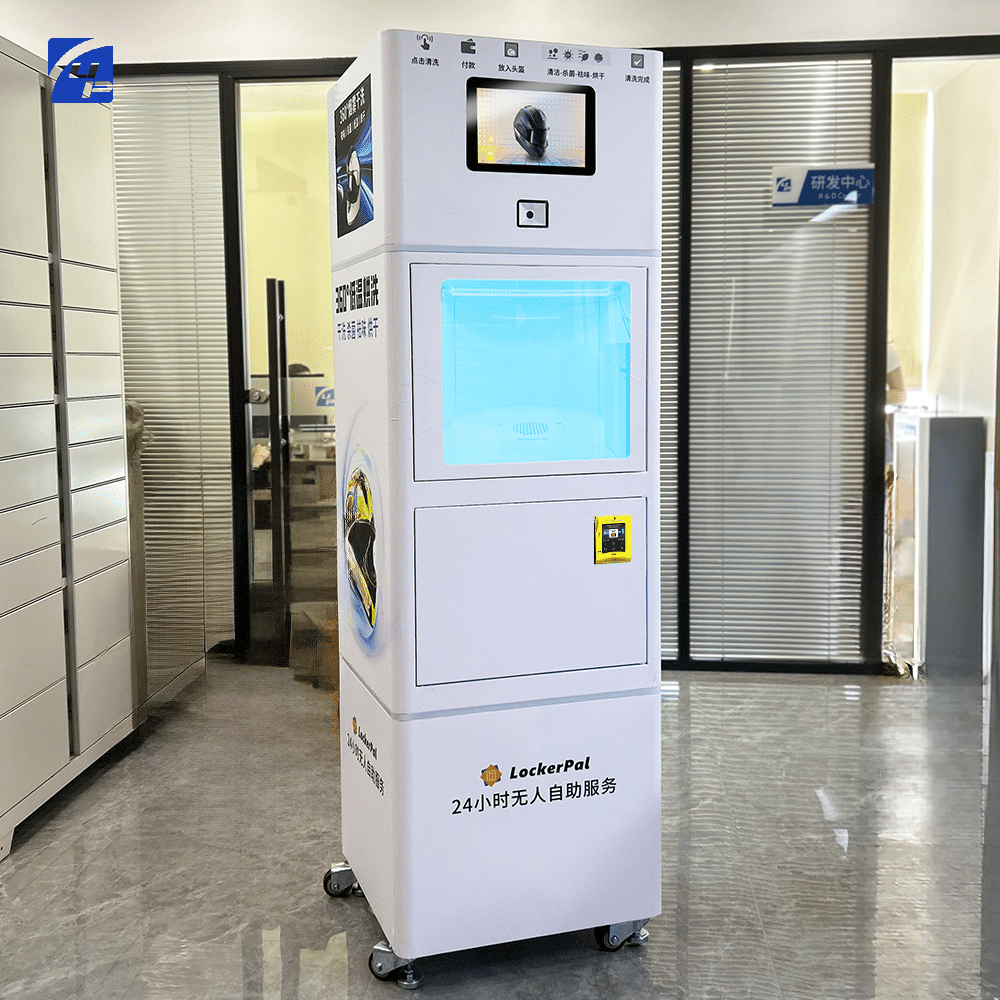Revolutionizing Safety Equipment Maintenance Through Advanced Technology
The landscape of industrial safety equipment maintenance is undergoing a dramatic transformation, with commercial helmet cleaning machines leading the charge. These sophisticated systems represent a crucial advancement in how organizations maintain their protective gear, ensuring both safety compliance and operational efficiency. As industries evolve and workplace safety standards become increasingly stringent, the role of automated cleaning solutions has become more prominent than ever.
The integration of commercial helmet cleaning machines into various sectors has marked a significant shift from traditional manual cleaning methods. These advanced systems not only enhance the cleanliness and sanitization of safety helmets but also contribute to extended equipment lifespan and improved worker protection. The technology behind these machines continues to evolve, incorporating innovative features that address the complex challenges of modern workplace safety requirements.
The Evolution of Helmet Cleaning Technology
Traditional Methods vs Modern Solutions
Historically, helmet cleaning relied heavily on manual processes, often involving basic cleaning solutions and hand-wiping techniques. These methods were not only time-consuming but also inconsistent in their results. The introduction of commercial helmet cleaning machines has transformed this landscape, offering automated, standardized cleaning procedures that deliver superior results in a fraction of the time.
Modern commercial helmet cleaning machines utilize advanced cleaning mechanisms, including ultrasonic technology, UV sanitization, and specialized cleaning agents. These innovations ensure thorough cleaning of both exterior and interior surfaces, effectively removing contaminants, sweat residue, and potentially harmful bacteria.
Technological Advancements in Cleaning Systems
Recent years have witnessed remarkable developments in cleaning technology. Current-generation commercial helmet cleaning machines incorporate sensors that detect different materials and adjust cleaning parameters accordingly. This smart technology ensures optimal cleaning while preventing damage to sensitive helmet components.
The integration of IoT capabilities allows these machines to track cleaning cycles, maintain cleaning records, and even predict maintenance needs. This level of automation and data management has revolutionized how organizations approach their safety equipment maintenance programs.

Impact on Industry Standards and Safety Protocols
Enhanced Compliance and Risk Management
Commercial helmet cleaning machines have significantly influenced industry standards for safety equipment maintenance. Organizations can now demonstrate consistent compliance with safety regulations through automated cleaning logs and standardized processes. This systematic approach reduces liability risks and ensures that protective equipment meets required safety standards.
The implementation of these machines has led to the development of new best practices in safety equipment maintenance. Industry regulators increasingly recognize the importance of automated cleaning systems in maintaining the integrity of protective gear.
Workplace Health and Safety Improvements
The adoption of commercial helmet cleaning machines has directly contributed to improved workplace health outcomes. Regular, thorough cleaning reduces the risk of skin infections and other health issues associated with poorly maintained safety equipment. Workers report higher satisfaction levels and increased confidence in their protective gear when maintained through professional cleaning systems.
These machines also support better hygiene practices in shared helmet environments, particularly crucial in industries where multiple workers may use the same protective equipment across different shifts.
Economic Benefits and Operational Efficiency
Cost Analysis and Return on Investment
While the initial investment in commercial helmet cleaning machines may seem significant, the long-term financial benefits are substantial. Organizations report reduced labor costs, extended equipment lifespan, and decreased replacement needs. The efficiency of automated cleaning systems allows for better resource allocation and improved productivity.
Studies indicate that facilities using commercial helmet cleaning machines experience up to 40% reduction in helmet maintenance costs over time. This includes savings on cleaning supplies, labor hours, and replacement equipment.
Operational Streamlining and Productivity
The implementation of commercial helmet cleaning machines streamlines maintenance operations significantly. What once took hours of manual labor can now be accomplished in minutes, allowing maintenance staff to focus on other critical tasks. The consistent, automated cleaning cycles ensure that clean helmets are always available when needed, reducing workflow disruptions.
These systems also facilitate better inventory management and maintenance scheduling, contributing to more efficient overall operations. The predictable cleaning cycles help organizations plan resources more effectively and maintain optimal equipment availability.
Environmental Sustainability and Future Trends
Eco-friendly Cleaning Solutions
Modern commercial helmet cleaning machines are designed with environmental sustainability in mind. Many systems now incorporate water-efficient technologies and eco-friendly cleaning agents, reducing the environmental impact of regular maintenance procedures. This alignment with green initiatives helps organizations meet their sustainability goals while maintaining high cleaning standards.
The development of biodegradable cleaning solutions specifically formulated for these machines demonstrates the industry's commitment to environmental responsibility. These innovations prove that effective cleaning and ecological consciousness can go hand in hand.
Future Innovations and Market Trends
The future of commercial helmet cleaning machines looks promising, with ongoing developments in automation and smart technology. Emerging trends include AI-powered cleaning optimization, remote monitoring capabilities, and integration with broader facility management systems. These advancements will further enhance the efficiency and effectiveness of helmet maintenance programs.
Industry experts predict continued innovation in this field, with a focus on developing more compact, energy-efficient models suitable for smaller facilities. The integration of antimicrobial technologies and advanced materials science is expected to drive the next generation of cleaning solutions.
Frequently Asked Questions
How often should helmets be cleaned in a commercial helmet cleaning machine?
The recommended cleaning frequency depends on usage intensity and working conditions. Generally, helmets should be cleaned after each shift in high-dust or high-sweat environments, or at least weekly in standard conditions. Regular cleaning maintains hygiene standards and extends equipment life.
What types of helmets can be cleaned in commercial helmet cleaning machines?
Most commercial helmet cleaning machines are designed to accommodate various types of safety helmets, including construction helmets, mining helmets, and industrial safety helmets. However, it's important to verify compatibility with specific models and materials before use.
What maintenance is required for commercial helmet cleaning machines?
Regular maintenance typically includes daily cleaning of filters, weekly inspection of cleaning components, and periodic replacement of cleaning solutions. Following manufacturer guidelines for maintenance ensures optimal performance and longevity of the machine.
